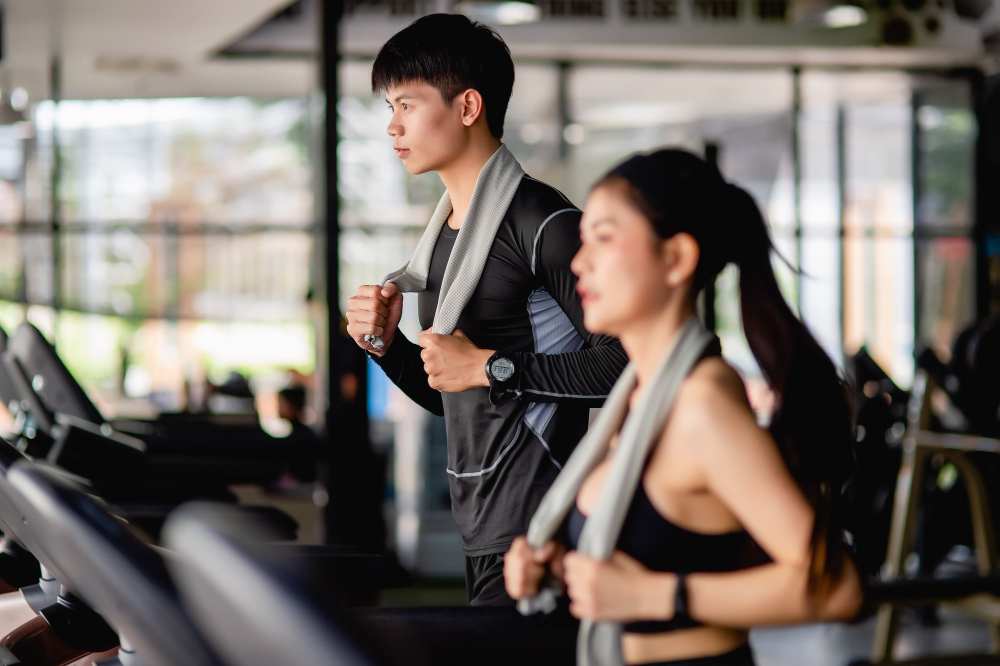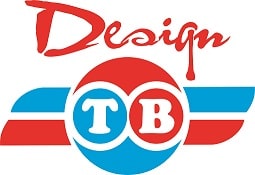In Singapore’s fast-paced, achievement-oriented society, the pursuit of wellness often centres around metrics like weight loss or marathon times. Yet, a foundational pillar of health—strength training—remains intimidating and misunderstood for many beginners. The image of a grunting, heavy-lifting bodybuilder can be enough to keep newcomers away from the free weights section entirely. However, the reality of strength training for beginners is far more accessible, rewarding, and crucial for long-term well-being than these stereotypes suggest. For the Singaporean beginner, embarking on strength training in Singapore is not about becoming a powerhouse; it’s about building a resilient, capable body that can thrive in everyday life.

The first and most significant hurdle for most beginners is mental, not physical. The gym floor, with its complex machinery and seemingly seasoned athletes, can feel like an exclusive club. The fear of looking foolish or not knowing what to do is a powerful deterrent. It is essential to reframe this perspective. Every expert was once a beginner, and the fitness community, by and large, is supportive of those who are starting their journey. The key is to shift the focus from comparison to personal progress. The goal is not to lift as much as the person next to you but to lift more than you could last week.
So, why should a beginner in Singapore invest time in strength training? The benefits extend far beyond building muscle. In a city where desk-bound jobs are the norm, strength training is a powerful antidote to postural issues like “tech neck” and lower back pain. It builds a robust musculoskeletal system, fortifying bones and joints, which is a critical investment in future mobility. Metabolically, it is a game-changer. Unlike cardio, which primarily burns calories during the activity, strength training builds lean muscle mass, increasing your resting metabolic rate. This means you burn more calories around the clock, even while working at your desk or sleeping, making it a highly efficient strategy for managing body composition in the long run. Furthermore, the mental benefits are profound. The discipline and focus required, coupled with the tangible achievement of progressing in your lifts, build resilience and confidence that permeate all aspects of life.
For a beginner, knowing how to start is half the battle. The most effective approach is to master fundamental movement patterns before chasing heavy weights. These foundational movements are the grammar of physical strength:
-
The Squat: The foundation for lower body strength, mimicking the action of sitting and standing.
-
The Hinge: Exemplified by the deadlift, this is the fundamental movement for picking objects up off the ground safely.
-
The Push: This can be vertical (like an overhead press) or horizontal (like a push-up), building upper-body pushing strength.
-
The Pull: Such as a seated row or a lat pulldown, crucial for balancing all the pushing we do in daily life and combating rounded shoulders.
-
The Lunge: A unilateral (single-leg) movement that builds stability and addresses muscle imbalances.
Starting with bodyweight for these movements or using light implements like dumbbells and kettlebells allows you to ingrain proper technique, which is non-negotiable for safety and progress.
While it is possible to start alone, the value of expert guidance for a beginner cannot be overstated. This is where establishments like Absolute Results in Singapore provide immense value. As a fitness consultancy known for its personalised approach, they exemplify the ideal beginner’s pathway. They focus on education, ensuring clients understand the “why” behind each exercise. Their trainers specialise in breaking down complex movements into manageable steps, providing the corrective feedback that is impossible to get from a YouTube video. For a beginner, this personalised coaching is an investment in safety and efficacy, preventing the frustrating plateaus and minor injuries that can derail motivation. It transforms the overwhelming prospect of “going to the gym” into a structured, educational, and supportive process.
Embarking on a strength training journey in Singapore is a decision to invest in the most valuable asset you have: your body. It is a commitment to being stronger, not just for your next workout, but for carrying groceries, playing with your children, and navigating the demands of a vibrant city life with energy and resilience. By starting with the basics, prioritising form over ego, and seeking quality instruction, any beginner can unlock a new level of health and confidence, one rep at a time.
Frequently Asked Questions (FAQs)
1. I have never touched a weight before. What is the absolute first step?
The very first step is a mindset shift: commit to being a learner. Then, your first physical step should be a functional movement screening or an introductory session with a qualified trainer. This assessment, offered by gyms like Absolute Results, will identify your current mobility and strength levels, allowing a personalised programme to be built from a solid foundation, ensuring you start safely and effectively.
2. How much does it cost to start strength training in Singapore?
Costs vary widely. A gym membership at a public chain can start from as low as S$80-$100 per month. However, as a beginner, your best investment is in initial coaching. Small group personal training or introductory packages at a specialised gym might cost S$300-$500+ per month for a few sessions a week. This upfront investment in learning correct technique is far cheaper than fixing injuries caused by poor form later.
3. I can only commit to 2 days a week. Is it even worth it?
Absolutely. For a beginner, consistency is infinitely more important than frequency. Two well-structured, full-body strength sessions per week are enough to stimulate significant neurological and muscular adaptations. This allows for ample recovery, which is when your body actually gets stronger. This is a sustainable approach that builds a lasting habit.
4. What are the 3 most important pieces of equipment for a complete beginner?
-
A pair of adjustable dumbbells: Versatile for almost every movement.
-
A resistance band: Excellent for warming up, activating muscles, and assisting with exercises like pull-ups.
-
A yoga mat: For floor work, core exercises, and stretching.
You don’t need a full gym to start; mastering these basic movements will build a formidable foundation.
5. How do I know if I need a personal trainer or if I can learn online?
If you have zero experience, a personal trainer is highly recommended for at least the first few weeks. They provide real-time, tactile feedback on your form that no online programme can. This ensures you build safe, efficient movement patterns from day one. Once you have a solid grasp of the fundamentals and confidence in your technique, you can then transition to a more self-directed approach, using online resources for workout variety.


Bài viết liên quan: